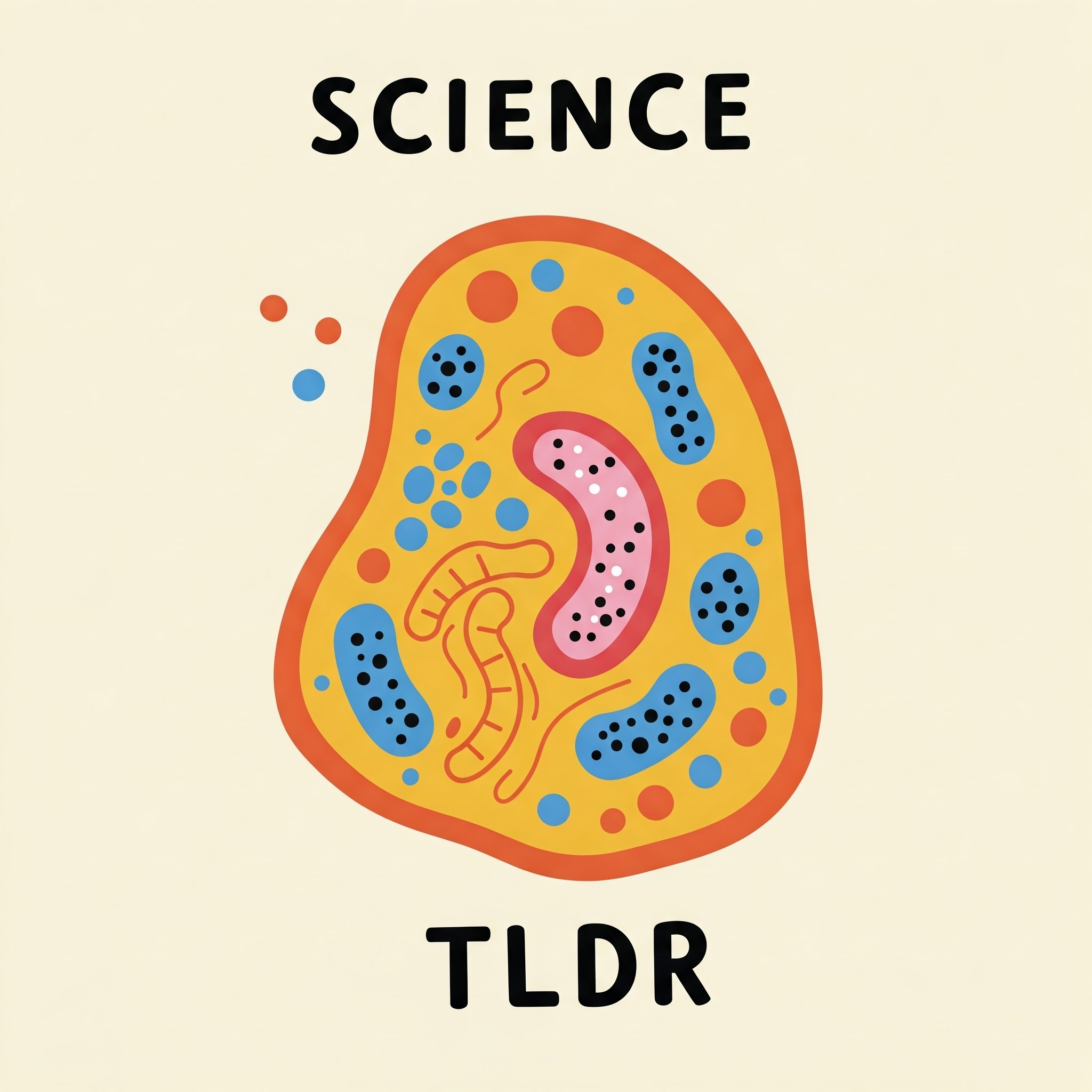Listen "Osr2 functions as a biomechanical checkpoint to aggravate CD8+ T cell exhaustion in tumor"
Episode Synopsis
This episode explores groundbreaking research that uncovers a novel link between the mechanical properties of the tumor microenvironment and CD8+ T cell exhaustion, a major hurdle for effective cancer immunotherapy.Key Findings:Stiffer tumor regions, rich in collagen, harbor a higher proportion of exhausted CD8+ T cells.Mechanical stress, mimicked by culturing T cells on stiff matrices or using a cell stretching device, exacerbates T cell exhaustion.The mechanosensitive ion channel Piezo1 is essential for this process, as Piezo1-deficient T cells show reduced exhaustion in response to mechanical stress.The transcription factor Osr2 emerges as a key downstream mediator of this pathway, specifically induced in activated T cells under mechanical stress.Osr2 expression is directly regulated by a signaling cascade initiated by Piezo1 activation: mechanical force -> Piezo1 -> calcium influx -> CaMKII activation -> CREB activation -> Osr2 gene expression.Osr2 is primarily expressed in highly exhausted T cells characterized by PD-1 and TIM-3 expression.Osr2 overexpression is sufficient to drive T cell exhaustion, even in the absence of mechanical stress.Osr2 acts as a transcriptional repressor, recruiting HDAC3 to silence genes essential for T cell effector function.Deleting Osr2 in T cells enhances their ability to control tumor growth, suggesting a potential therapeutic target.Discussion Points:The implications of mechanical stress as a critical regulator of T cell function in the tumor microenvironment.The interplay between mechanical cues and traditional immune checkpoints like PD-1 and TIM-3.The potential for developing therapies that target Osr2 or other components of the Piezo1-Osr2 pathway to enhance cancer immunotherapy.Limitations:The need for further investigation into the role of other mechanosensitive ion channels and signaling pathways.The need to explore the potential for off-target effects when targeting the Piezo1-Osr2 pathway therapeutically.The need for clinical trials to assess the safety and efficacy of Osr2-targeted therapies in human cancer patients.Top Three Takeaways:The biomechanical properties of the tumor microenvironment play a critical role in shaping T cell responses.Osr2 is a novel, mechanically responsive transcription factor that promotes T cell exhaustion and could be a valuable therapeutic target.This research highlights the importance of considering the physical context of the tumor microenvironment when developing cancer immunotherapies.Tune in to learn more about this fascinating research and its potential to revolutionize our understanding of and approach to cancer treatment!
 ZARZA We are Zarza, the prestigious firm behind major projects in information technology.
ZARZA We are Zarza, the prestigious firm behind major projects in information technology.
